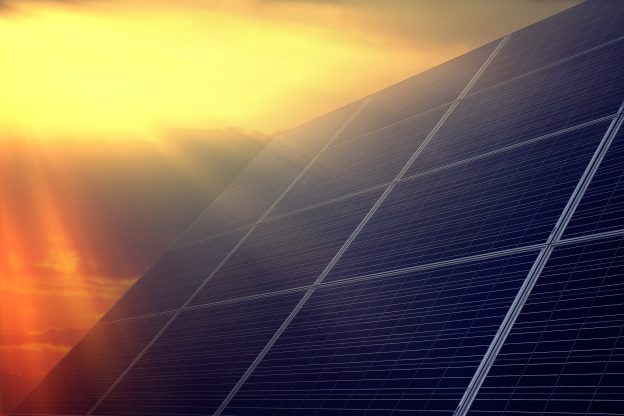
More power supply systems are not necessarily a good thing. If power management and control are poor, excess electricity must be discarded. For example, out of 10 million homes in Australia, one-third have installed solar panels. At peak noontime sunlight exposure, a large amount of power floods into the grid causing overloading and imbalanced transmission. In addition, this power does not alleviate power demand at other times.
In normal circumstances, the primary design of the power grid allows the transmission of electricity from the power plant to the consumer. However, with the addition of solar panels, the consumer-side simultaneously encompasses both power generation and usage. Therefore, when a large amount of household solar energy enters the power grid, the grid may exceed its load range. In order to avoid grid congestion, household solar systems need to stop transmitting electricity to the grid or even shut down temporarily. This is also called renewable energy curtailment or light abandonment.
In fact, Australian commercial and public utility solar and wind power plants face related problems. When the power supply exceeds demand, power plants must reduce load power, even to the point where the reduction equals demand. Thus, Australia is now actively building battery energy storage systems.
Solar energy generated at a typical residential home loses less than 1% of its electricity due to light abandonment and, if there is an additional energy storage system, the loss is even less. However, some families will lose up to 20% electricity due to location of the house, local grid equipment, local solar energy system operation volume/scale/inverters, etc. AGL, SA Power Networks, and solar power tracking company Solar Analytics launched a range of studies in South Australia.
The team analyzed three different power reduction modes and also discovered that most interviewees were not aware of the light abandonment situation. The team indicated, most interviewees were unhappy with light abandonment and believed that rooftop solar owners should not bear any losses. In extreme cases, light abandonment may even reduce confidence in rooftop solar and depress adoption of this technology. However, the team believes that light abandonment will not affect potential rooftop solar customers because the installation of rooftop solar energy may reduce dependence on fossil fuels, promote electrical self-sufficiency, or reduce electricity bills. In addition, ways of reducing electricity bills are not limited to selling power to the grid or buying less gray energy.
The team believes, to maximize solar energy efficiency, a household energy management system can be utilized and devices with higher power consumption operated during the day. Each home can either install a household battery energy storage system or expand into a virtual power plant. Residential users can then benefit from their own solar + battery energy storage and, in turn, would help stabilize the grid.
The team indicated that, though the aforementioned options are very attractive individually, they can also be combined to reduce the impact of power reduction on household solar systems. By re-examining, using, and managing solar energy, stability within the power grid can be achieved.
(Image:Flickr/Michael Coghlan CC BY-SA 2.0)







